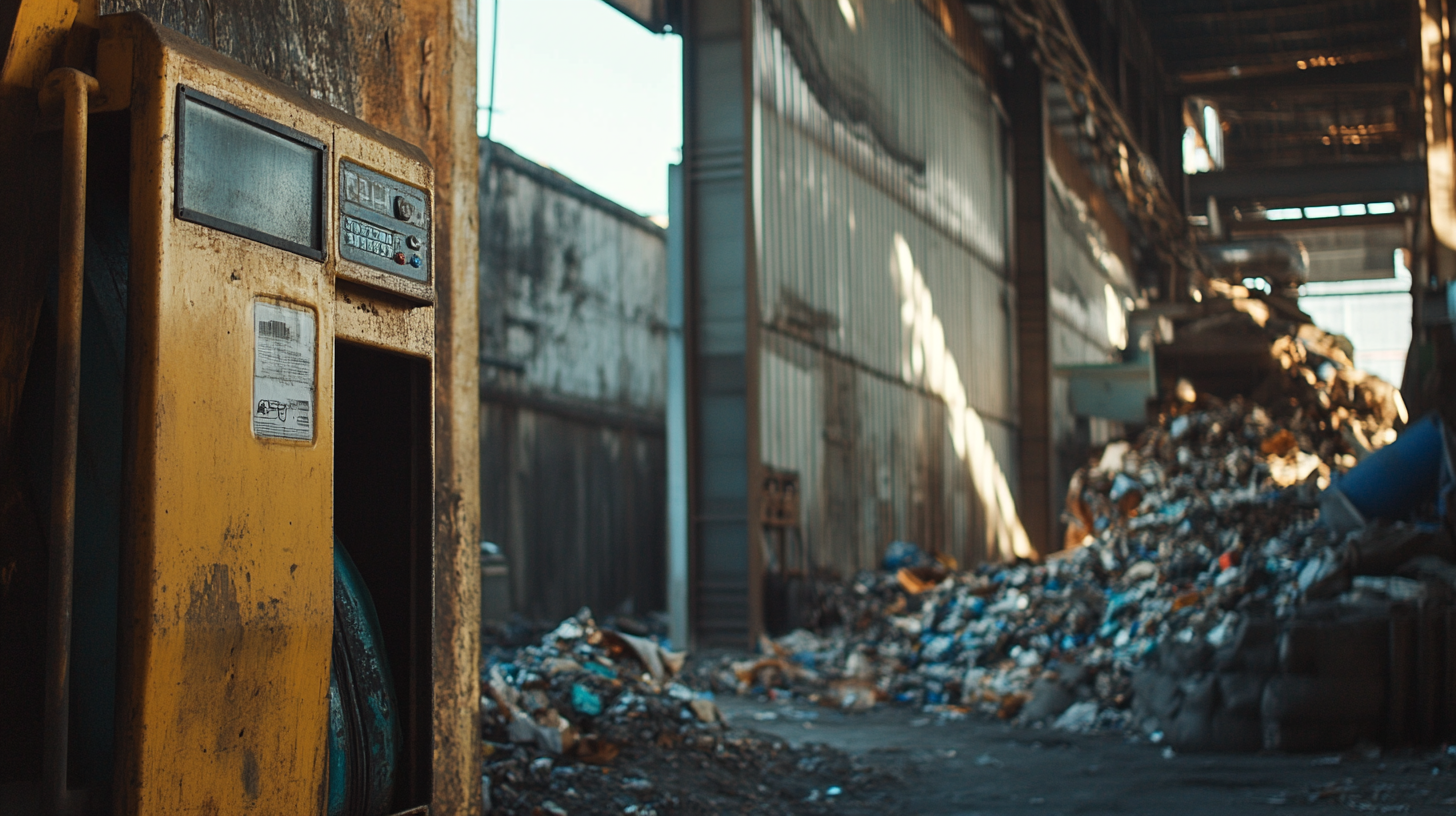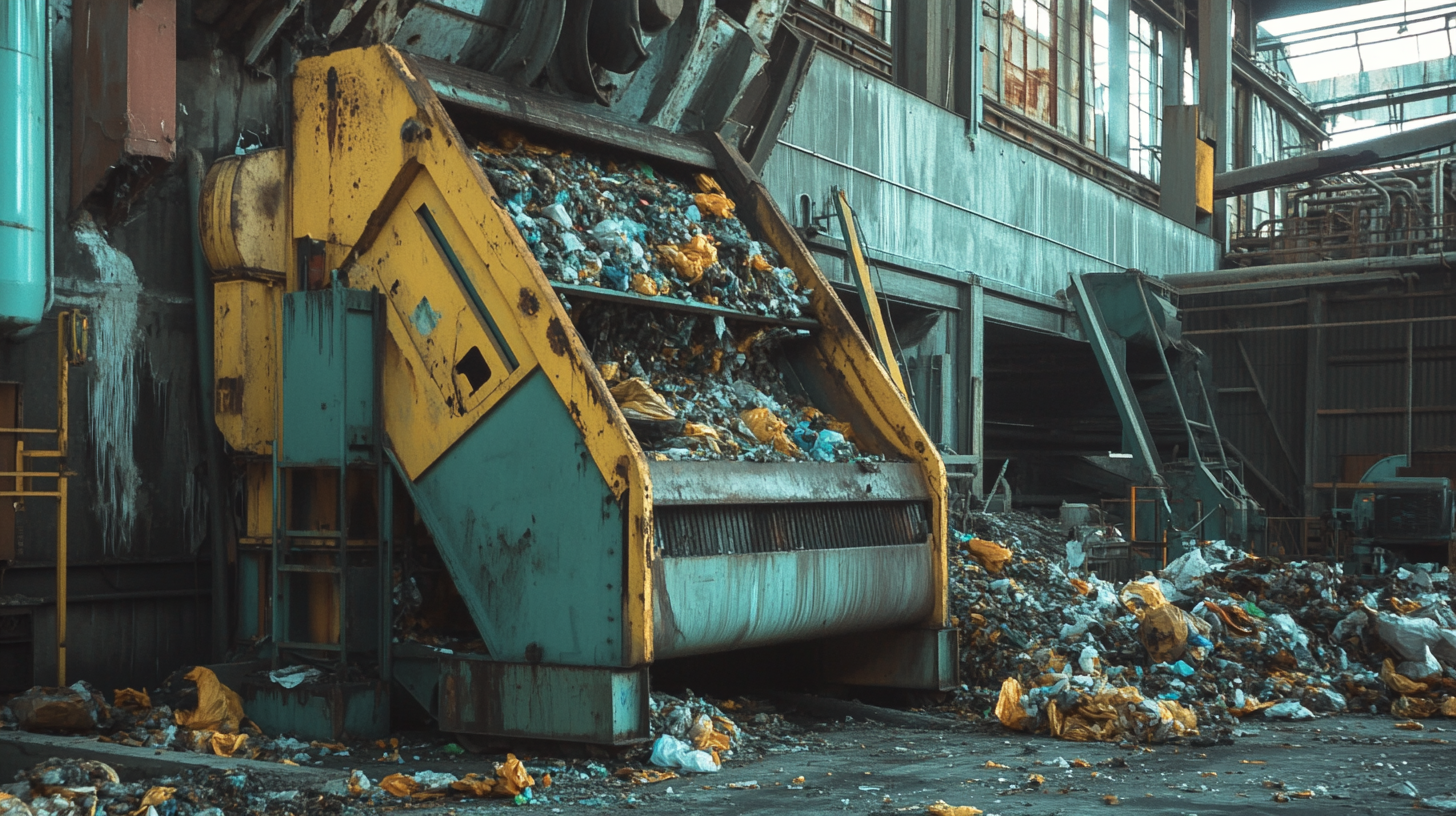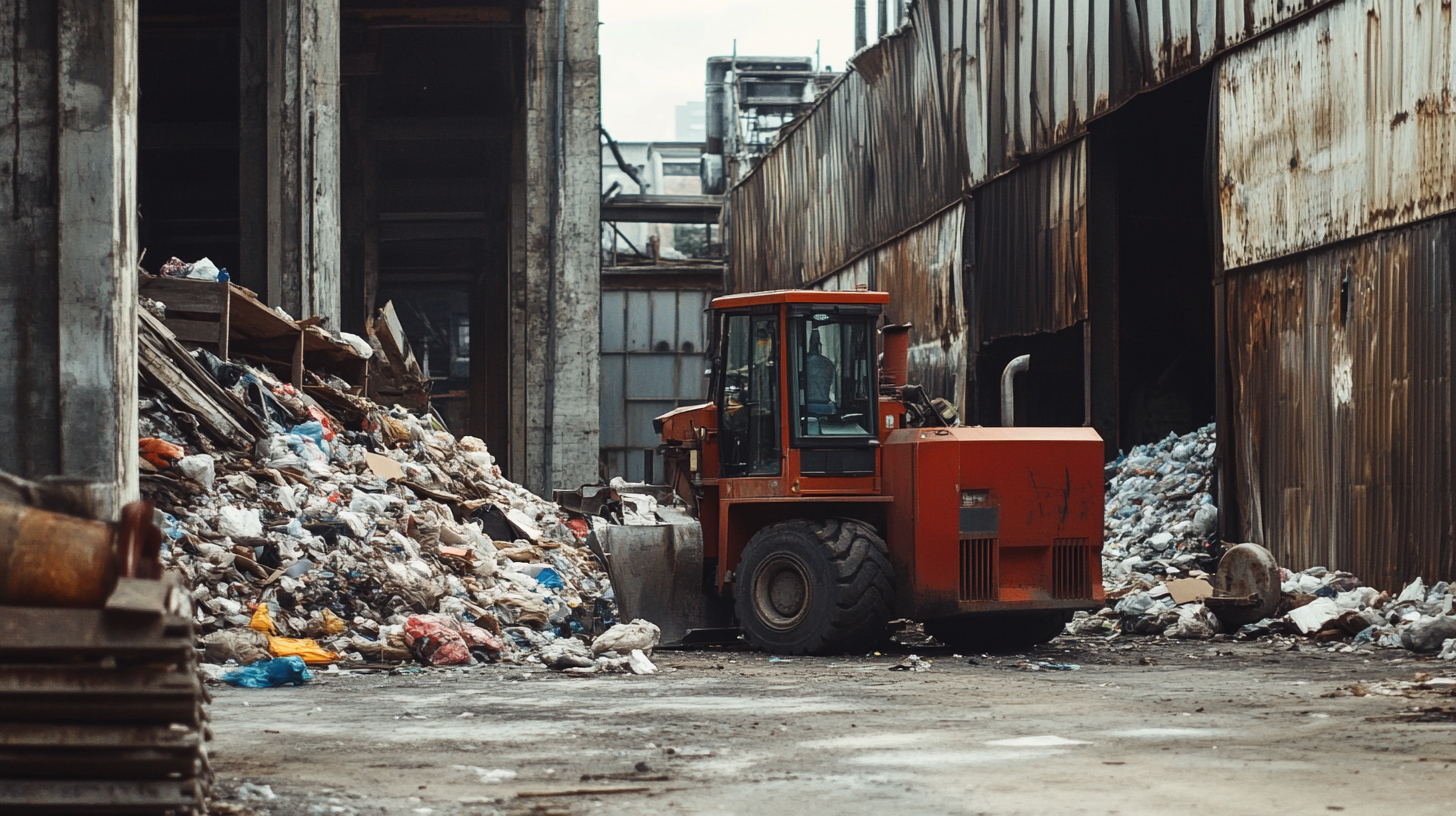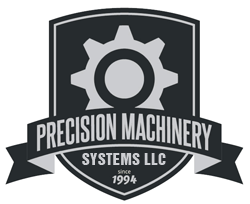Exploring the Unique Features and Applications of Top Rated Industrial Waste Compactors
In today’s industrial landscape, effective waste management has become a crucial operational component, particularly with the increasing emphasis on sustainability. According to a report by the Environmental Protection Agency, industrial facilities generated approximately 7.6 billion tons of waste in 2020, highlighting the urgent need for efficient waste reduction strategies. Industrial Waste Compactors have emerged as essential tools in this context, allowing companies to efficiently compress and minimize their waste footprint. These machines not only enhance storage capabilities but also reduce disposal costs, leading to improved profitability. Moreover, the evolution of compactors has introduced innovative features—such as enhanced safety mechanisms and automated systems—that cater to diverse industrial applications. This blog will explore the unique features of top-rated Industrial Waste Compactors, delving into their after-sales service advantages, maintenance costs, and practical 'how-to' tips for optimizing their use within various operational settings.

Understanding the After-Sales Service Advantages of Industrial Waste Compactors
When investing in industrial waste compactors, one of the most significant advantages is the after-sales service provided by the manufacturers. This service can make a profound impact on the operational efficiency of a business that relies on waste management. Manufacturers offering robust after-sales support ensure that their clients receive timely maintenance and troubleshooting assistance, which is essential for minimizing downtime. The ability to resolve issues quickly not only helps maintain optimal performance of waste compactors but also contributes to a more sustainable waste management process.
Additionally, after-sales service often includes comprehensive training for staff, enabling them to use the equipment safely and effectively. A well-informed team can operate compactors with greater efficiency, reducing waste and costs in the long run. Many manufacturers also offer extended warranties or service plans, which can provide peace of mind and financial protection against unexpected repairs. This proactive approach from manufacturers showcases their commitment to customer satisfaction and fosters a long-lasting partnership, ultimately enhancing the overall value of industrial waste compactors in any business operation.

Evaluating the Maintenance Costs of Top Rated Compactors: What to Expect
When investing in top-rated industrial waste compactors, understanding the maintenance costs is crucial for long-term operation efficiency. Many businesses overlook this aspect, assuming the initial purchase price encompasses all expenses. However, regular maintenance is necessary to ensure the compactor operates optimally, which can help to mitigate unexpected repair costs down the line.
Tip: Establish a routine maintenance schedule to check essential components such as hydraulic systems and electrical connections. This proactive approach can prevent larger issues that could lead to costly repairs. Furthermore, maintaining a clean operational environment around the compactor can minimize wear and tear and extend its life span.
In addition to periodic checks, it's wise to budget for replacement parts, which can vary based on the compactor's brand and model. Knowledge of the specific components that wear out over time will help in forecasting these costs.
Tip: Keep a record of all maintenance activities and expenses. This log not only aids in tracking costs but also serves as a valuable reference when troubleshooting operational issues. Addressing maintenance needs promptly will not only save money but also enhance the overall performance of your compactor.
Exploring the Unique Features and Applications of Top Rated Industrial Waste Compactors - Evaluating the Maintenance Costs of Top Rated Compactors: What to Expect
| Compactor Model | Unique Features | Application Areas | Average Maintenance Cost (Annual) | Expected Lifespan |
|---|---|---|---|---|
| Model A | Automatic feed, energy-efficient | Manufacturing, Retail | $1,200 | 10 years |
| Model B | Compact design, high compression ratio | Hospitality, Restaurants | $800 | 8 years |
| Model C | Smart technology, remote monitoring | Construction, Demolition | $1,500 | 12 years |
| Model D | Hydraulic operation, low noise | Warehousing, Food Processing | $1,000 | 9 years |
Innovative Features That Set the Best Industrial Waste Compactors Apart
When it comes to managing industrial waste, selecting the right compactor is crucial for efficiency and sustainability. Top-rated industrial waste compactors stand out through their innovative features designed to optimize waste processing. One notable feature is the automation capability, which allows for a more streamlined operation. Automatic feeders and sensors detect the waste volume, adjusting compaction pressure accordingly, thus enhancing productivity and reducing manual labor.
Additionally, energy-efficient designs are becoming increasingly important in industrial waste compactors. Many of the best models utilize advanced technology to minimize energy consumption while maximizing compaction force. This not only reduces operational costs but also lowers the carbon footprint of the facility, aligning waste management with environmental responsibility.
**Tip:** Regular maintenance checks on compactors can help prolong their lifespan and ensure they operate at peak efficiency. Pay attention to the hydraulic system and ensure all sensors are functioning correctly to avoid costly repairs. Another great tip is to train staff thoroughly on the compactor’s features to ensure optimal use and safety in the workplace.
Unique Features of Top Rated Industrial Waste Compactors
Future Trends in Waste Compacting Technology and Sustainability
 As we delve into the future trends in waste compacting technology and sustainability, it is imperative to recognize the growing significance of efficient solid waste management, especially in rapidly urbanizing regions like China. The increasing volume of solid waste generated due to industrial growth and urbanization highlights the necessity for advanced waste compaction solutions. With evolving regulations, such as the Solid Waste Pollution Prevention Law, industries are being compelled to adopt modern and effective waste management systems that not only reduce waste volume but also contribute to overall sustainability goals.
As we delve into the future trends in waste compacting technology and sustainability, it is imperative to recognize the growing significance of efficient solid waste management, especially in rapidly urbanizing regions like China. The increasing volume of solid waste generated due to industrial growth and urbanization highlights the necessity for advanced waste compaction solutions. With evolving regulations, such as the Solid Waste Pollution Prevention Law, industries are being compelled to adopt modern and effective waste management systems that not only reduce waste volume but also contribute to overall sustainability goals.
Emerging technologies in waste compacting are paving the way for innovative solutions that align with global carbon reduction efforts. The push for a greener economy emphasizes the importance of integrating compactors that operate with minimal energy consumption and reduced carbon footprints. The future could see the integration of AI and data analytics in waste management systems, optimizing routes and operations to enhance efficiency. These advancements not only support regulatory compliance and environmental sustainability but also set a precedent for responsible industrial practices as we work towards a sustainable future.
How Industrial Waste Compactors Enhance Operational Efficiency in Industries
Industrial waste compactors play a crucial role in enhancing operational efficiency across various industries, particularly as the demand for effective waste management solutions grows. Recent advancements in waste management technology have contributed to more efficient systems that not only reduce waste volume but also streamline the disposal process. For instance, the introduction of innovative balers and bin compactors allows companies to handle waste more effectively, ensuring that operational resources are utilized to their fullest potential.
As companies increasingly recognize the environmental impact of their operations, there is a noticeable shift towards adopting advanced waste compaction solutions. This commitment not only helps reduce landfill contributions but also aligns with sustainable business practices. In 2023, some organizations successfully diverted a significant percentage of waste from landfills through strategic partnerships, reflecting the broader industry trend towards circular economy initiatives. As advancements in automation and smart waste management technologies proliferate, industries are better equipped to manage waste efficiently while contributing positively to environmental stewardship.
